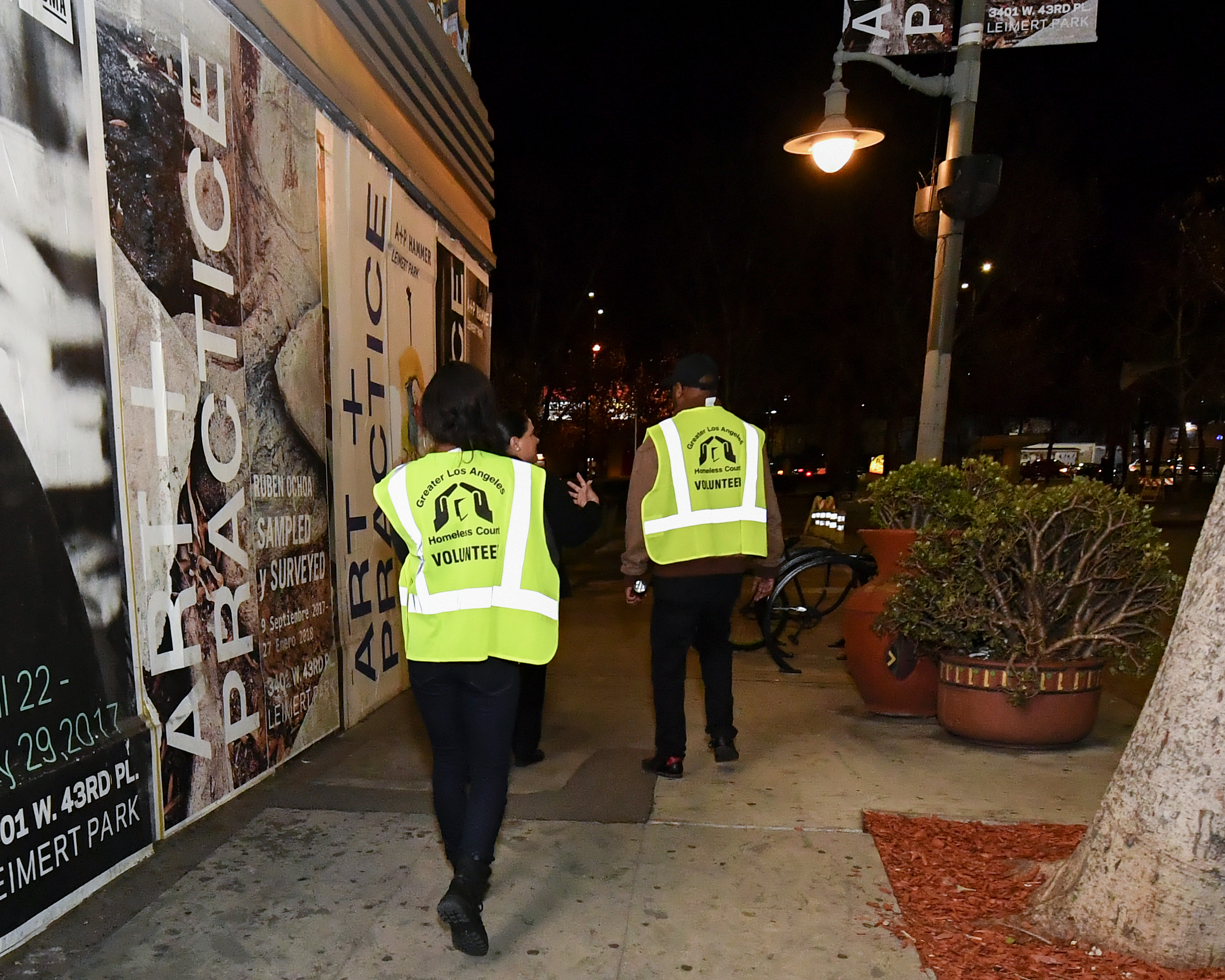MRT on Point
It’s Time to Answer the Alarm (part three)
Originally featured in the July 26, 2023 edition of the Praxis newsletter
By Mark Ridley-Thomas Ph.D.
First, I want to thank the readers of PRAXIS for your commitment to reflection and action. I’d also like to thank each of you for your engagement with me re: MRT On Point. Your feedback is welcomed and it certainly makes a difference.
Second, the intensity of the crisis of the unhoused in Los Angeles has compelled me to drill down on what we need to know and what we need to do about what we know. Such is the practical essence of praxis: the process of applying theory and implementing policy.
In Part One of “It’s Time to Answer the Alarm” we focused on major reports on homelessness on the state and local levels. In an attempt to learn and share about our misperceptions and false assumptions, we need to stay current rather than posturing ultimate clarity about a situation that is dynamic, not static. This often leads to assessment and critique of our structures, systems, platforms and organizations – public and private.
In Part Two of “It’s Time To Answer the Alarm” we sought to set forth the two most consequential governing bodies in Los Angeles and their priorities, roles, responsibilities and alignment regarding homelessness. I assert the following without fear of contradiction: there can be no real progress absent collaboration and leadership between “Temple and Grand” and “First and Spring” – the Hall of Administration and City Hall, respectively.
Now for Part Three: In the final analysis, it all comes down to resources. The most significant local resources for the past several years have been generated by Measure H. In this regard, a cursory look at policy, strategy and outcomes should be instructive in our effort to answer the alarm.
POLICY
It is fair to say that the policy perspectives that informed Measure H were rather broad as was the coalition of stakeholders – Committee to End Homelessness in Los Angeles – who helped to place it on the (March 2017) countywide ballot. The overarching view was to provide services and treatment rather than “sticks and bricks.” In other words, this was not intended to be about affordable housing construction. The primary concern of Measure H was to ensure access, stability, security and services to newly housed and those still houseless. All of this had implications for prevention strategies, criminal justice reform, food insecurity intervention, job training and more.
STRATEGY
Pursuant to multiple surveys and intense polling, it was agreed to place a 0.25 percent dedicated county sales tax, with a ten-year sunset clause and an independent Oversight Commission. It was already known, based on expert financial analyses, that $450M per annum would be necessary in order to address the deepening homeless crisis. A “parcel tax” could not generate consensus, nor could it produce enough revenue. A “cannabis tax” was too controversial, and equally anemic in terms of generating revenue. A “millionaires tax” was dead on arrival owing to stiff resistance from prospective ballot donors, plus it was not that strong in getting to the stated need of $450M.
Finally, the only ballot strategy that garnered sufficient consensus and made it worth the effort was the 0.25 percent county sales tax. In truth, it was known from the outset that the best choice would still be short of the stated need. In other words, Measure H was projected to generate $355M annually for ten years rather than $450M. Even so, upon passage it was enthusiastically heralded as a huge step forward in “the fight to end homelessness.”
OUTCOMES
According to California Policy Lab’s Evaluation of Los Angeles County Measure H-Funded Homelessness Prevention Strategies, nearly ¾ of participants within these prevention programs had received financial assistance to help resolve the issue of housing. Due to the detailed and comprehensive research into the factors that force community members into homelessness, it was revealed that rental assistance or arrears support are the most beneficial program components, although legal services are also close behind.
Second, according to the Los Angeles County Homeless Initiative, as of December of 2022, over 65,300 people have been sheltered through Measure H, separate from the nearly 35,000 people moved into permanent housing. Additionally, Measure H accounts for 32% of people who have been prevented from entering homelessness in Los Angeles County.
Through the intense research, recent reports and in-person actions, it is clear to see that, arguably, Measure H has been “successful.” However, it is also clear that we have significant ongoing challenges with regards to addressing homelessness in this region. The data presented in the most recent report covers the period from July 1, 2017, when Measure H funding became available, up to December 31, 2022.
The key highlight is that since Measure H funding began, the Homeless Rehousing System has been able to provide permanent housing to 90,455 individuals and temporary interim housing to 123,842 people. Out of these, 34,881 placements were in permanent housing (representing 39% of the total), and 65,328 placements were in interim housing (representing 52.5% of the total). Measure H funds were used either fully or partially to support these placements.
Overall, the report shows progress in addressing homelessness, with many people being provided with stable housing through the efforts of the Homeless Rehousing System, funded in part by Measure H.
KEY QUESTIONS
So the following questions remain in an effort to Answer the Alarm:
- What needs to happen to preserve this significant flow of resources?
- What is the best current thinking and how do we get there?
- What is the polling saying?
- When do we go to the ballot?
- What can be done to secure more lasting outcomes?
- What role has Proposition HHH played?
- What is the data telling us about the intersection between Measure H and Proposition HHH?
What are your questions? Please submit questions for review and consideration to Praxistheinterface@gmail.com.


